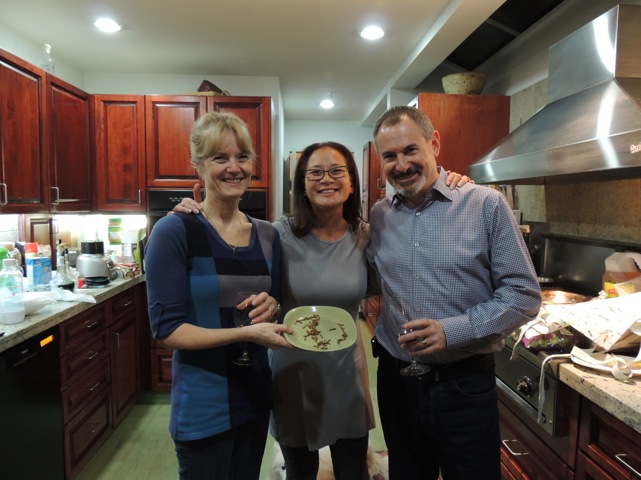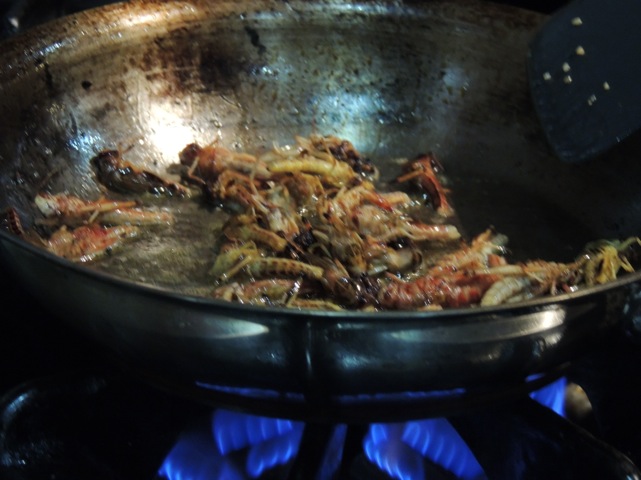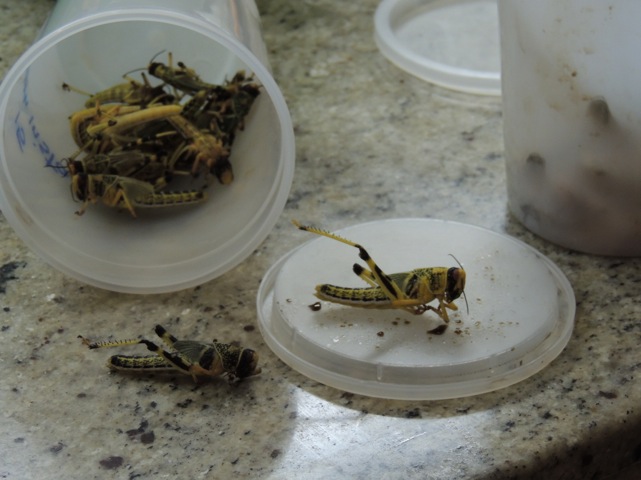Science from a window
It’s cold, wet and nasty outside, but that’s not an excuse to explore science.
Here’s some quick science experiments that you can do from the warmth of your home or classroom.
1. This is for the birds!
Here’s how to create classroom ornithologists
Bird feeder – make suet feeders and hang for birds, great for fall and winter
Simply roll suet in bird feed and suspend this close to a window. See what bird your feed attracts. Print a bird identification chart and have the children check off each bird that pecks at the feeder
Bird bath
Take two identical, large terra cotta pots. Turn one pot upside down, so the wide end is facing the ground. This is your base. Balance the second pot right side up on the base. Place a large, deep flowerpot saucer on top of the second pot and fill it with several inches of water. Using your bird identification chart, see what bird take baths.
Feathering
Have children bring in different kinds of feathers. Use a magnifying glass to study the feathers. Feel the feathers- do they all feel the same? Do they all look the same? Are the colors of the feathers identical on each side of the feather?
Preening
Watch birds preen. Why are they doing this. How do kids brush their hair? How do they take baths? What is a fowl doing when they squeeze their feathers? Compare bird preening to cats and dogs cleaning their fur.
Weather Happens!
Weather happens. It’s outside every day and easy to observe, measure and record.
Taking Temperature
Hang a thermometer on the window and have a child read the thermometer each day. Record this on a calendar. Or graph it. Compare the actual temperature to the temperature that Accuweather predicted for the day.
Rain. Rain
Make a rain gauge using a straight sided , wide mouthed container. Tape a ruler to the outside of the container and use it to measure the rainfall. Create a graph of the daily rainfall.
Cloud ID
Print a cloud identification chart and post it near the window. See if you can match the picture to the cloud.
Dew you love me?
This is a great activity for a fall morning- look at the dew on the grass. Here’s a way to explain where dew comes from. Pull the label off a tin can. Put the can outside on a ledge and fill ½ way with water. Dry the outside of can with towel. Add ice to fill and watch outside of can. Tiny drops of water appear. You made dew. Warm air around can had water vapour in it. Air touched cold can, cooled and condensed.




